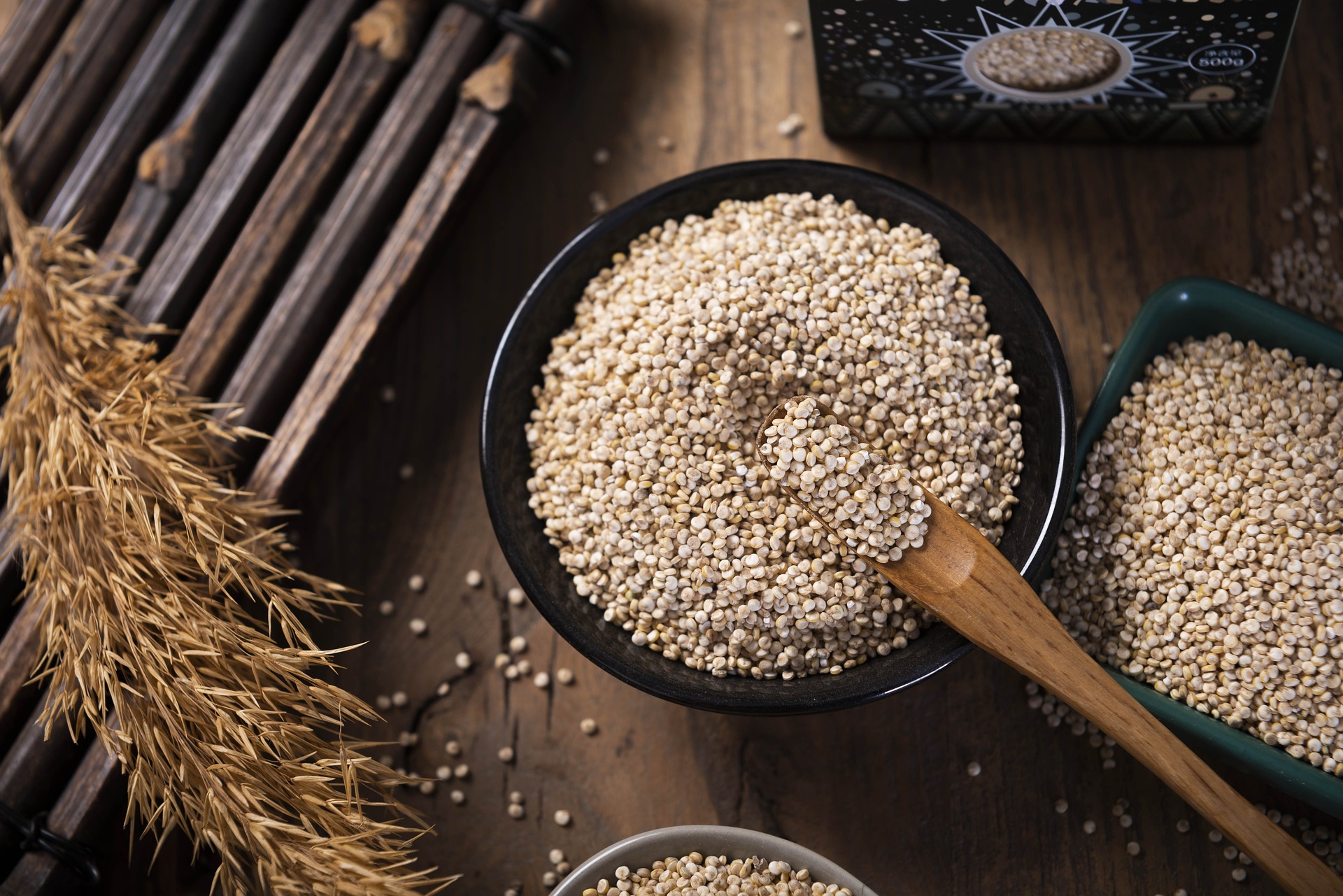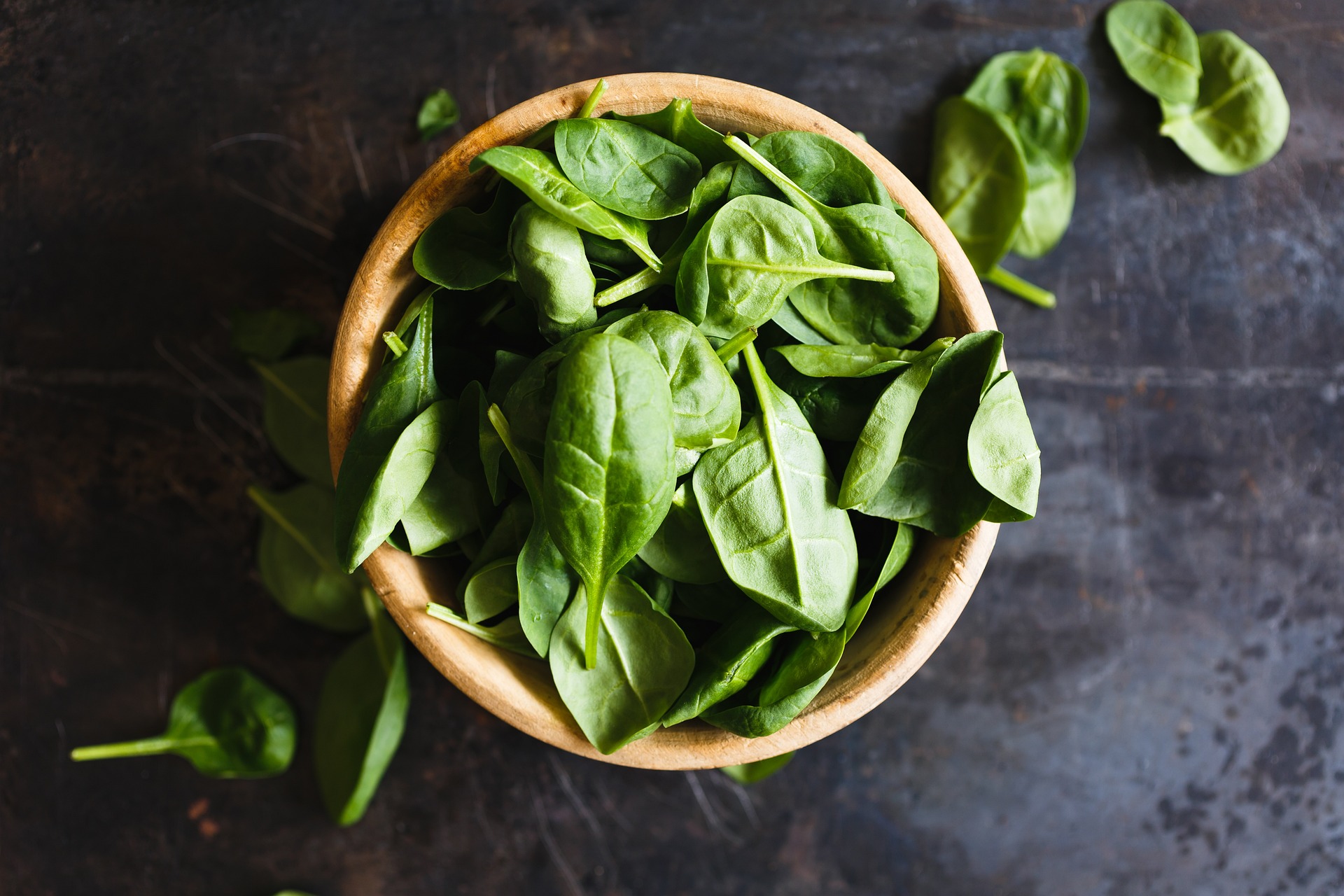Discovering the Magic of Ancient Grains: A Modern Take on Traditions
Our culinary journey today takes us back to ancient times to explore grains that have stood the test of time. These "ancient grains" are taking the modern food and beverage industry by storm. Read below to delve into the world of ancient grains, their benefits, and how they are being innovatively used in contemporary cuisine.

The Resurgence of Ancient Grains In recent years, ancient grains like quinoa, millet, and amaranth have been making a strong comeback in modern kitchens. More than just a food trend, this resurgence is a nod to the nutritional richness and versatility of these time-honored staples. From hearty breakfast bowls and vibrant salads to delectable desserts, ancient grains are proving their mettle in diverse culinary applications.
Healthful & Wholesome What sets ancient grains apart is their nutritional profile. They are high in fiber, protein, and packed with antioxidants. Unlike modern grains, they are less processed and retain their whole grain form, making them a powerhouse of essential nutrients. Integrating them into our diet can help improve digestion, lower cholesterol levels, and even contribute to weight management.
Novelty in Tradition Chefs and food enthusiasts worldwide are weaving culinary magic with ancient grains, transforming traditional recipes into modern gourmet experiences. Think quinoa sushi, teff pancakes, or spelt pasta! These grains are also being used to brew unique beers and distill spirits, bringing an exciting twist to the beverage industry.
Going Beyond Wheat and Rice While wheat and rice dominate the grain landscape, ancient grains offer an exciting and nutrient-rich alternative. They come in a multitude of textures and flavors, bringing a new dimension to meals. For instance, the nutty flavor of farro complements salads, while the sweet taste of sorghum pairs well with desserts.
Sustainability in Focus Ancient grains are not just nutritionally beneficial, they are environmentally friendly too. Their ability to grow in harsh conditions with minimal water and no pesticides makes them a sustainable choice. By choosing ancient grains, we contribute to the planet’s health and support small-scale farmers who cultivate these grains using traditional farming methods.
Useful Tips and Facts: - Ancient grains can be easily incorporated into your regular recipes for an extra nutrition boost. - They make excellent gluten-free alternatives for those with dietary restrictions. - Before cooking, soak the grains for a few hours to reduce cooking time and enhance their digestibility. - Store grains in airtight containers in a cool, dry place to maintain their freshness.
Conclusion: Exploring ancient grains opens up a world of culinary possibilities while connecting us to age-old traditions. Their resurgence in the modern kitchen is more than a trend; it’s a testament to their timeless appeal. So, next time you’re grocery shopping, don’t hesitate to pick up that pack of ancient grains. It might be the start of a delicious and healthful culinary adventure.




